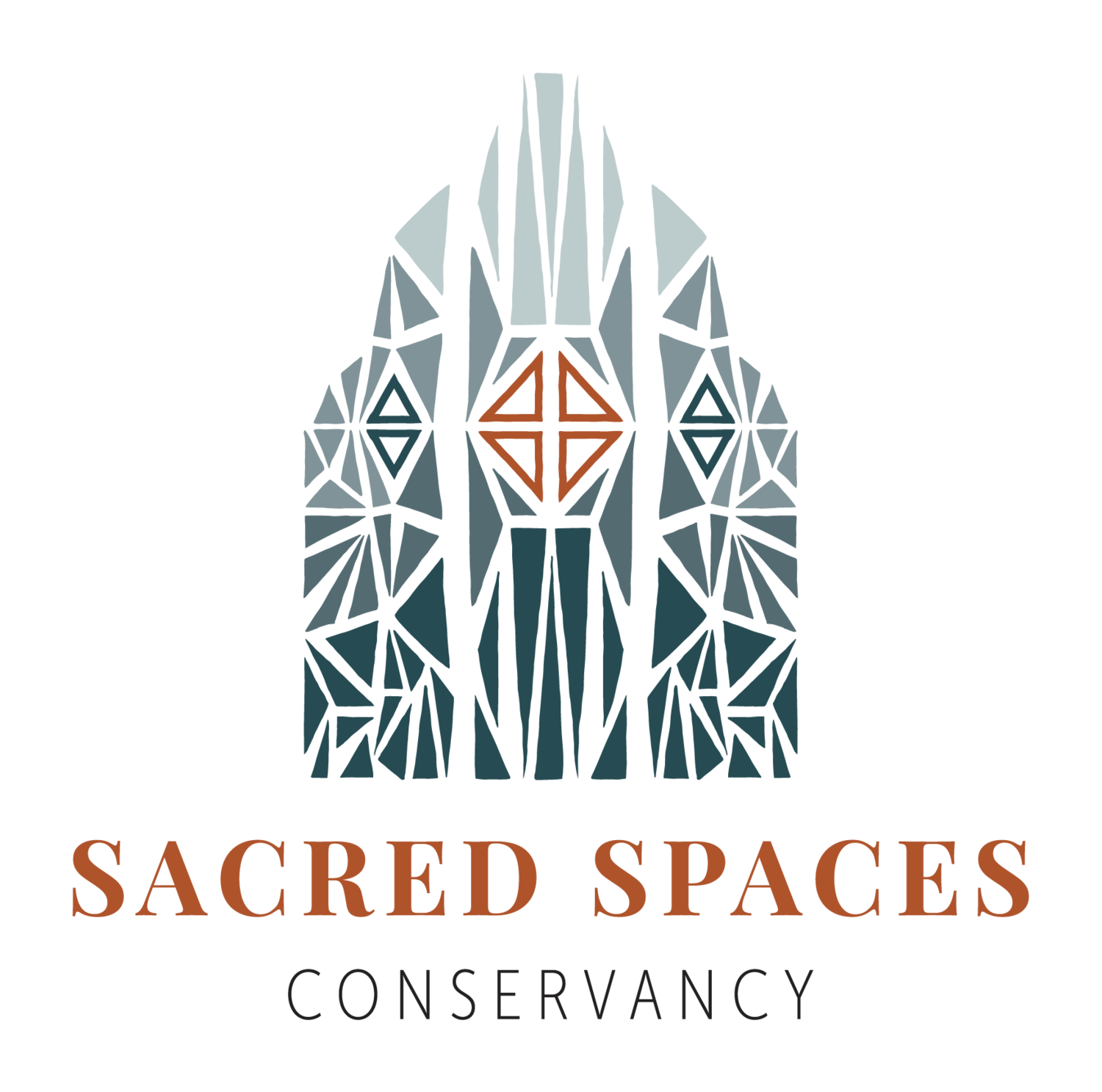Why Sacred Spaces Matter
At their core, sacred spaces exist for the life of the city. Spiritual development, physical care and social action all motivate congregations to be vital spaces of neighborhood life. A 2016 University of Pennsylvania study (“The Economic Halo Effect of Sacred Places”) found:
89% of visits to historic sacred spaces are to utilize a community-serving program or service
87% of the beneficiaries of the community programs and events housed in sacred spaces are not members of the religious congregation
sacred spaces serve as important “third spaces” for the building of community
In Washington, DC:
95% of religious congregations provide some sort of social service program
Over 75% provide emergency services, such as food, financial assistance, clothing, day or overnight shelter
The value of places of worship isn’t just to be found in the monetary worth of bricks and mortar. The historical, architectural, economic, communal and spiritual aspects of our city’s sacred spaces are an important part of a shared history, even as they play an important part in the ongoing development of community and the prospering of the city and its inhabitants. Neighborhoods experience great loss when these spaces are converted to privately-owned and inaccessible buildings; the continued presence of such spaces is fundamental to the continued prospering of our city. The city needs these spaces to call us out to our better selves.

